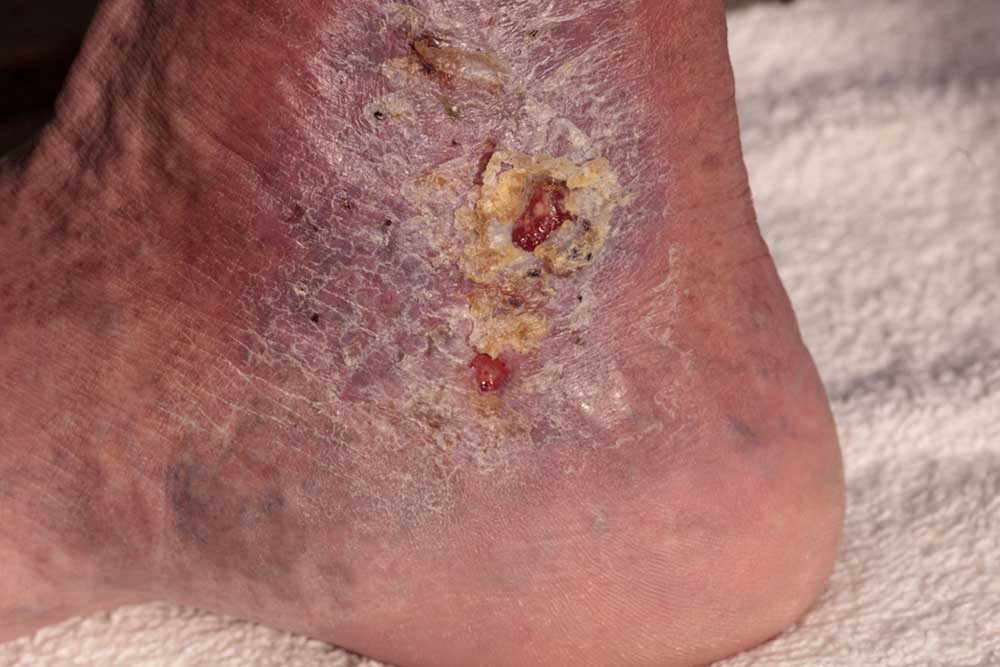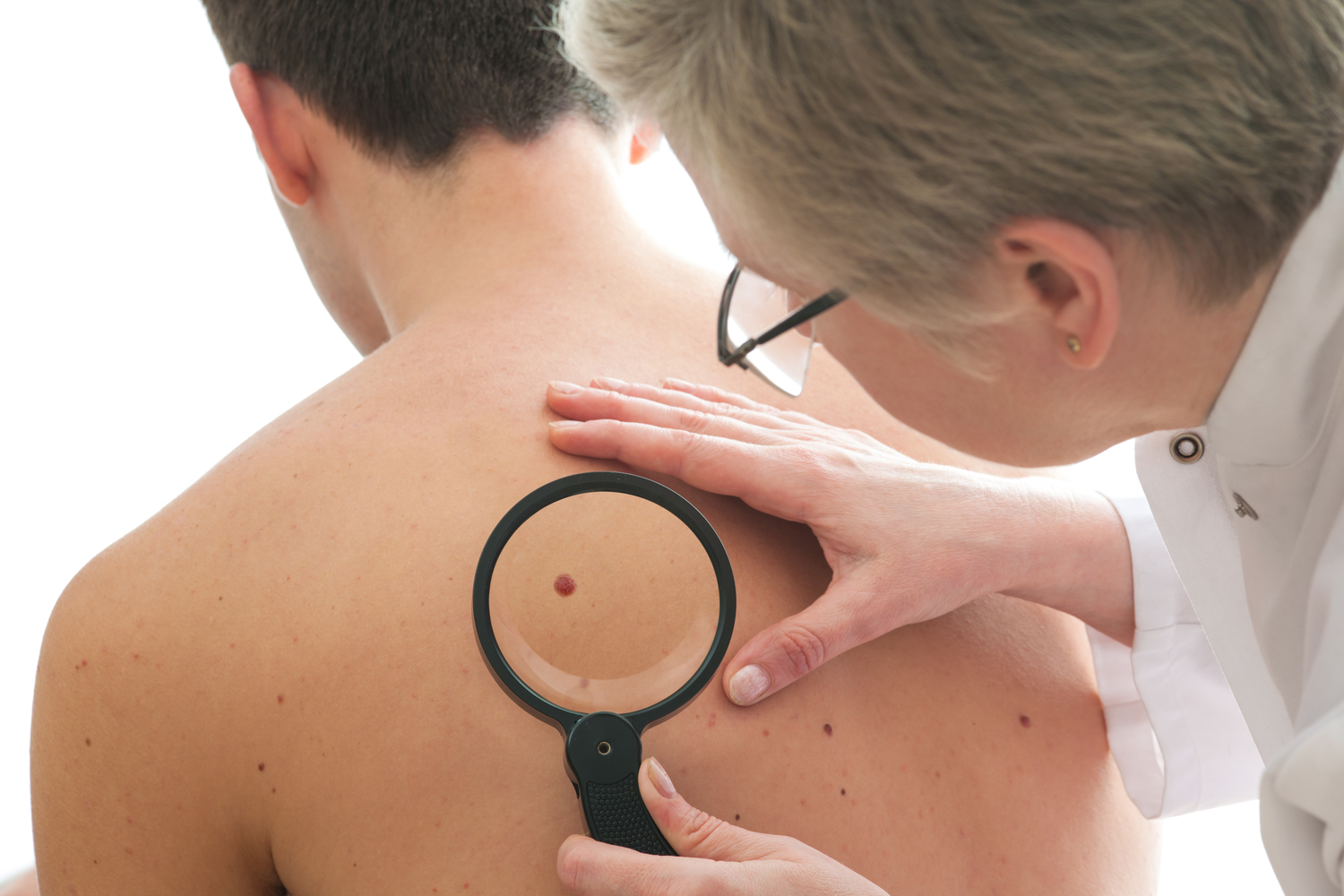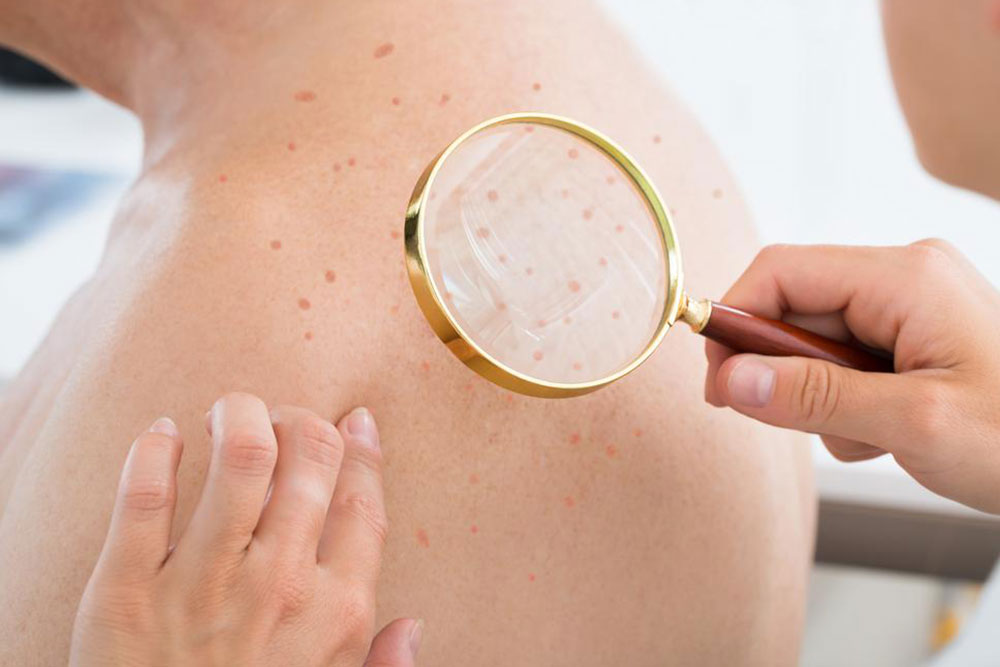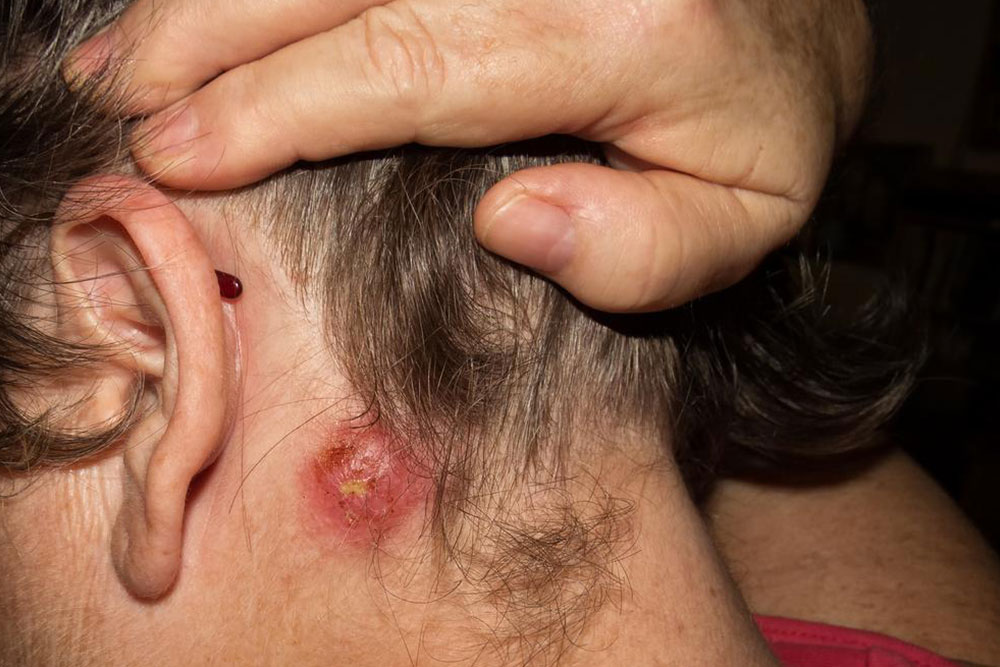Causes and Prevention of Impetigo in Children and Adults
Impetigo is a contagious skin infection caused by bacteria, common in children but also affecting adults. It manifests as red, blistered sores that crust over, typically on the face and hands. Causes include close contact, shared items, skin injuries, and poor hygiene. Prevention involves maintaining good hygiene and avoiding contact with infected individuals. Prompt medical treatment with topical or oral antibiotics is essential for effective recovery. Recognizing early signs and seeking professional advice can prevent complications, especially in vulnerable groups like the elderly or immunocompromised.
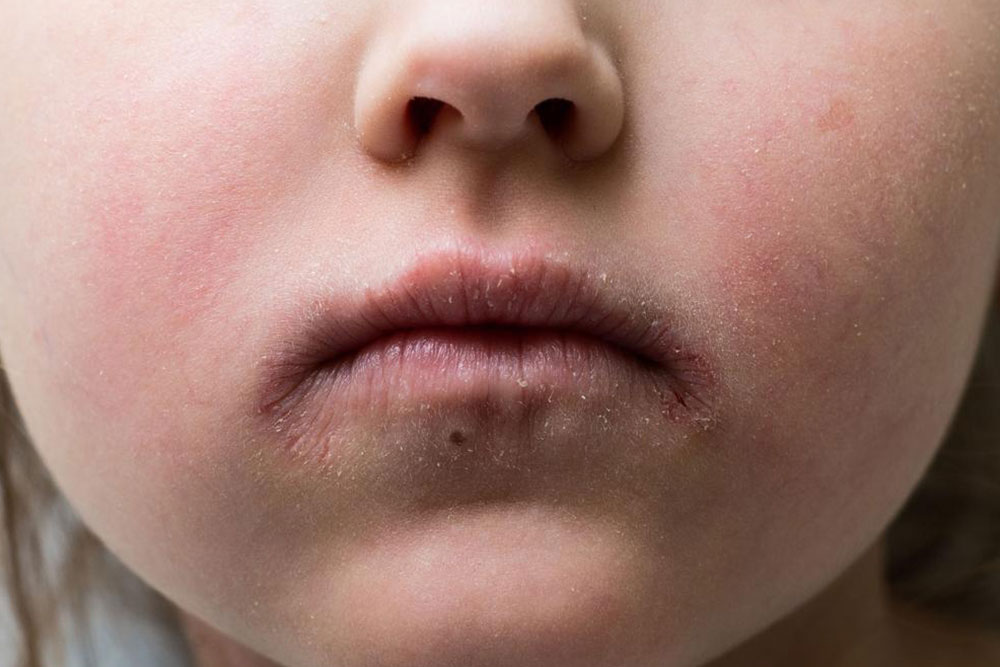
Understanding the Causes and Prevention of Impetigo in Children and Adults
Impetigo is a highly contagious skin infection caused by bacteria such as Staphylococcus and Streptococcus. It is most common among young children aged 2 to 5 but can also affect adults. Symptoms include red blisters filled with yellow fluid, which may ooze and form a crusty brown layer. Commonly affected areas include the face, hands, neck, and diaper region.
How children develop impetigo
Close contact with infected individuals
Sharing personal items like towels, toys, or clothing
Skin injuries like cuts or scrapes
Insect or animal bites
How adults can contract impetigo
Poor hygiene
Diabetes or weakened immune systems
Exposure in crowded environments like public transport and schools
Humid weather conditions increase risk
Preventive measures and treatment
If you suspect impetigo, consult a dermatologist or pediatrician promptly. In urgent cases, online images can assist in initial assessments, especially during travel. Self-medicating without professional advice is not recommended. A doctor may prescribe topical creams and oral antibiotics based on severity. Persistent or deep infections like ecthyma require medical attention as they penetrate deeper into the skin, typically affecting the legs, and are more common in elderly or immunocompromised individuals.
Note:
While our articles aim to provide helpful insights, they should not replace professional medical advice. Always consult healthcare providers for diagnosis and treatment options. The website is not responsible for differences or inaccuracies in other sources or for any treatment decisions made based on this information.


